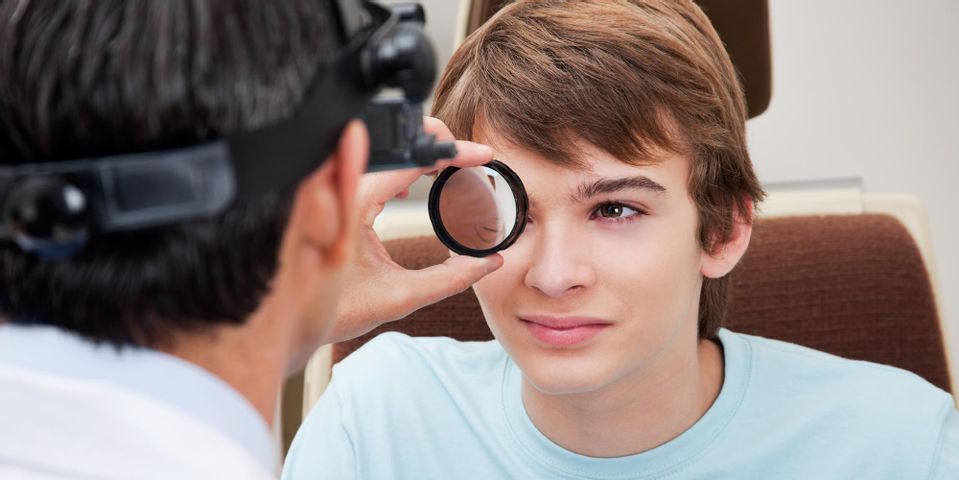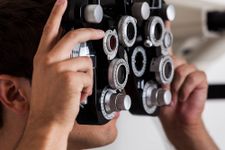
You may hear your eye doctor refer to 20/20 vision during an eye exam. While most people are aware 20/20 is the preferred range of vision, few understand how these numbers are determined and what they actually mean. The following information sheds some light on vision testing and how the quality of your vision is assessed.
What Visual Acuity Means
While the quality of your vision can be measured in all sorts of ways, establishing visual acuity is an essential part of an eye exam. Visual acuity refers to how sharp your vision is, and it can be impacted by a few different factors. The shape of your eye impacts how well images are reflected onto your retina. If the lens or cornea is misshapen, chances are you will be nearsighted or farsighted and require corrective lenses.
 Myopia, or nearsightedness, occurs when the cornea or lens is too curved or when the eyeball is too long. Conversely, hyperopia, or farsightedness, is caused by an eyeball that is too short. If you have trouble seeing at any distance, your eye doctor can perform an exam to determine whether an eye condition is causing your issues.
Myopia, or nearsightedness, occurs when the cornea or lens is too curved or when the eyeball is too long. Conversely, hyperopia, or farsightedness, is caused by an eyeball that is too short. If you have trouble seeing at any distance, your eye doctor can perform an exam to determine whether an eye condition is causing your issues.
Understanding the Snellen Chart
The ubiquitous chart found in virtually every eye doctor’s office comes courtesy of Dr. Herman Snellen. His research into visual acuity led to the development of the Snellen Chart, which utilizes differently sized numbers and letters to be read at a distance. Specifically, visual acuity testing establishes how well you can see an item from 20 feet away. If you have 20/60 vision, you have the same clarity of vision at 20 feet as a person with normal vision has at 60 feet.
Do you need to have your eyes tested, or are you interested in new glasses or contacts? In Fairbanks, AK, West Valley Vision Center has established a reputation for excellence among their patients. If you’re in need of a comprehensive exam, these eye doctors will dutifully explain each step of the process. If you’re in need of vision correction, they offer a wide range of glasses and contact lenses to help you achieve clear sight. They also treat serious eye diseases, such as glaucoma and diabetic retinopathy, which can lead to vision loss without intervention. Schedule your exam by calling (907) 479-4700, or visit them online to learn more about their location and hours of operation.
About the Business
Have a question? Ask the experts!
Send your question

